Sensor economy opening expanding services and opportunities for individuals, industry
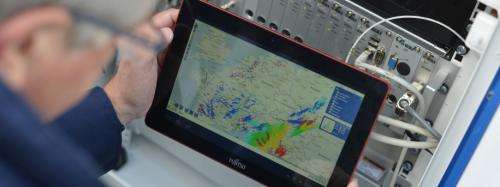
A new economy is taking shape – one in which sensors unblinkingly monitor the health of machines, and machines, production lines and entire factories trade logistical information in real time. Largely invisible because it's drivien by software and sensors, this new economy is ushering in a vast and expanding universe of services and opportunities for individuals and industries.
Smart Machines: Vast Market Potential
In a study released in May 2014, BCC Research, a market research company that specializes in tech markets, predicted that the global market for smart machines will expand to $15.3 billion by 2019, representing an average annual growth rate of 19.7 percent. In 2013 expert systems accounted for the largest share of this market. These applications include smart grids and systems that help physicians make medical decisions.
Autonomous robots currently account for the second-largest share of the market. But experts predict that they will dominate the market for smart machines in ten years, when they will account for 22.8 percent of market growth. These advanced systems are more mobile, agile, flexible, and adaptable than their predecessors, according to Andrew McWilliams, an analyst for measuring technology and sensors at BCC Research. In combination with declining costs, such improvements are making new applications possible in areas such as space research, military operations, construction, mining, consumer products , and assistance systems for people with cognitive impairments.
Automatic Movements in Mines
Consider this example: Proximity monitors, speed controllers, lane keeping assistants—these kinds of assistance systems, which are already becoming increasingly common in cars, are now also being used in mining vehicles. Mining excavators weigh more than 1,600 metric tons, and their gigantic components have a delayed response. That's why all of their control systems have to be precisely operated with proper foresight. However, the excavators' full potential is rarely exploited, and they could work with greater precision if their operation were fully autonomous. Of course this goal cannot be achieved overnight. "The path to fully automated movement patterns in mining must be followed step by step, and it must include initial assistance functions," says Dr. Robert Eidenberger, an engineer for robotics and automated systems at Siemens Corporate Technology (CT) in Munich.
Construction Sites: Drones on Duty
In Aspern near Vienna, Austria, octocopters are being used as digital mobility assistants. The drones monitor the progress of construction projects in an entire 240-hectare neighborhood on the northeastern outskirts of Vienna. This is where the Aspern Urban Lakeside district is being built. It's a completely new city neighborhood that will set benchmarks for energy efficiency and environmental compatibility.
"For nearly three years now, we've been working with civilian drones within the framework of the CONSTRUCT—Construction Site Monitoring national research project, which is funded by the Austrian government," says Claudia Windisch, Head of the Videoanalytics research group at Siemens Corporate Technology. "The drones, which film and analyze conditions at construction sites, are octocopters—small eight-propeller aircraft that weigh less than five kilograms." The technology enables users to identify construction progress and detect any deviations from plans. But construction sites are only one of many potential applications for this technology. For example, Windisch's team has already conducted numerous drone flights through factory halls, where actual conditions often deviate from the original construction plans because of modernization measures.
A Boost for Assisted Living
Digital assistants are changing people's relationship to technology, which is becoming a supportive partner in daily life. For example, as part of the EU-funded project DALi, Siemens researchers are developing a high-tech walker that safely guides people with cognitive impairments through public buildings.
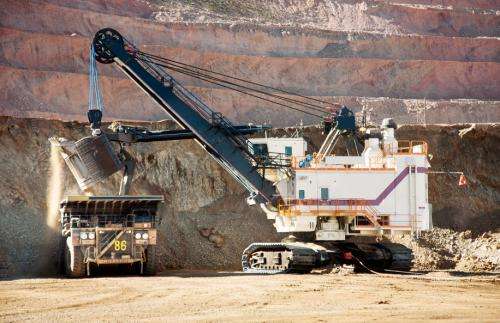
This is made possible by a multitude of digital sensory systems that are built into the C-Walker. These range from high-resolution cameras to a Kinect sensor—a Microsoft device that is used in the Xbox game console. "With this sensor system, the walker can perceive and interpret its spatial environment in real time," explains Josef Alois Birchbauer from Siemens Corporate Technology in Graz, Austria. "In the same way a radar system operates, the walker senses the position, speed, and direction of movement of people in its immediate vicinity, and it updates this information at a rate of up to ten times per second." If it senses an obstacle, it suggests an alternate course to its operator—for example, through vibrations in special bracelets. If the user has previously registered a specific destination, as we do with the GPS devices in our cars, the smart walker will immediately recalculate an alternate route around the obstacle.
In the future, this technology could be used in factories. Integrated into data goggles, it could warn production workers about danger zones and show service technicians the fastest route through factory halls. One day it might even enable forklift trucks to transport loads autonomously.
Agents for the Auto Industry
Thanks to assistants made of bits and bytes, objects may be able to communicate beyond a factory's walls in the future. This could be done with radio frequency identification (RFID) labels, for example. These smart successors of the barcode are already an integral part of our daily lives. They enable objects to be identified with the help of electromagnetic waves.
Today you can find these smart labels, which may be as small as a grain of rice, in supermarkets, brand-name jeans, government identity cards, and even implanted under the hide of dairy cows, where they provide complete information about the best nutrition for each animal. RFID tags have also been implanted in people—for example, in order to rapidly call up vital patient data in U.S. hospital emergency rooms.
The range of applications in industry is even broader. As part of the RFID-based Automotive Network (RAN) project, which is funded by the German Federal Ministry of Economics, an 18-member consortium that includes Siemens has been investigating the benefits of using RFIDs in the automotive industry. The aim of the project is to eliminate the communication deficit between manufacturers and suppliers.
Industry supply chains are planned down to the last detail and chronologically aligned. Some supplier products are delivered "just in time"—in other words, exactly when they have to be installed. This keeps warehousing space and costs low. However, if there's a problem while the parts are being delivered, the next link in the chain often doesn't find out about it until the component arrives late at the factory. At that point, it's almost impossible to re-plan the production process.
By contrast, setting up an RFID-based information infrastructure allows all participants to align their production lines with one another in real time and detect disturbances at an early stage. "RAN enables automakers to see beyond their own operations," says Steffen Lamparter from Siemens Corporate Technology in Munich. "They can then analyze disruptions at their suppliers soon after they occur and take the necessary steps to compensate for them."
Machines that Anticipate Events

Regardless of whether digital assistants help us at work or at home, one oftheir key benefits is the ability to anticipate events. Such events may include an impending interruption in an auto industry supply chain, an obstacle in the path of a walker or an impending storm.
According to a study conducted by Transparency Market Research, the market for predictive analytics software will amount to more than $6.5 billion worldwide by 2019. By contrast, it stood at about $2 billion in 2012. In other words, the market is growing at an average annual rate of 17.8 percent. Among other things, the market encompasses solutions for the systematic detection, analysis, evaluation, monitoring, and management of risks.
Protection Against Lighting, Levee Breaks, and Fires
An example of a risk detection system is BLIDS, Siemens' lighting information service . For a fee, users can subscribe to the warning system's forecasts, which are without parallel in Germany. As soon as the first bolt of lightning is registered in a specific area, users are immediately notified by e-mail or text message. In addition, users can view the current weather situation on the Internet. The system can pinpoint the location of a lightning strike to within 200 meters.
People can also increasingly use sensor data to enhance fire protection and building management. Among other things, Siemens supplies complete building management systems that monitor and control many different subsystems such as fire alarms. Moreover, Markus Niederberger and his colleagues at Siemens Building Technologies in Zug, Switzerland, are attempting to determine the feasibility of an occupancy detection system that would automatically locate people even if they are lifeless.
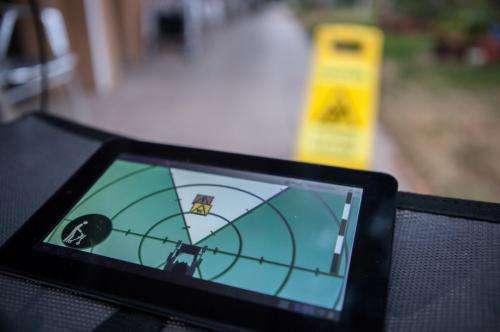
Bernhard Lang and his team of Siemens engineers are on the road to making flood protection as smart as fire protection. With this in mind, they have developed a sensor-based early warning system for levees that will be connected to sluice control technology, wastewater systems, and drinking water supply networks.
Visualizing the Next Economy
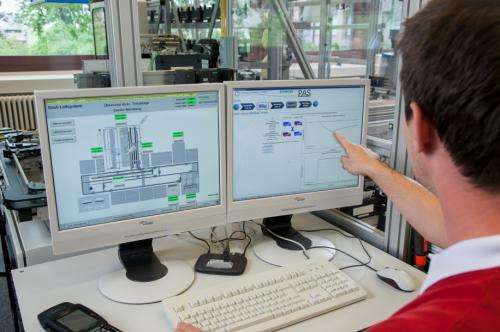
Even though smart networking has already made substantial progress in some areas, there is still a lot of unexploited potential. For example, the economist William Brian Arthur predicts that networked computers and sensors will form a digital nervous system that will manage our economy on its own in the future. Arthur has developed a theory that regards the economy as a complex system that evolves over time.
"We will probably have more free time in the era of the Second Economy, because machines will do a lot of the work for us," says Arthur, who warns that this will completely transform economies and that society will have to find new answers to address this challenge. "One answer might be to subsidize new jobs—for example, in the social services sector—for the interest of the public at large. Perhaps we'll also have shorter working hours and more vacation time, which would allow the work that remains to be better distributed. The road might be quite rough here because a lot of jobs considered secure could disappear as we move through the transition," he says.
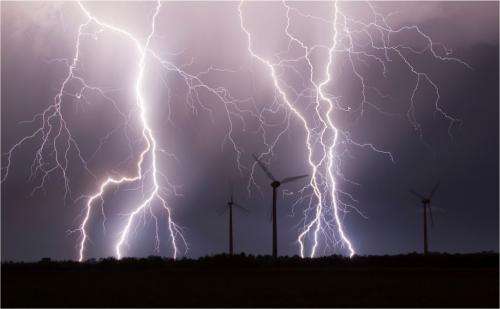
Provided by Siemens





















